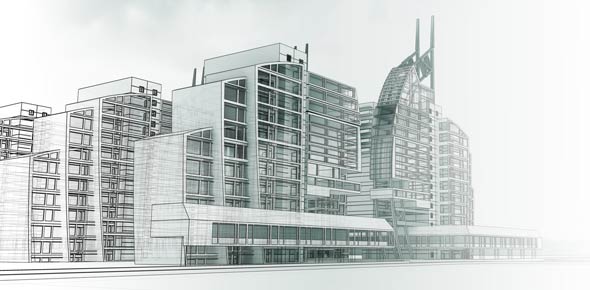IThe miter is a joint between two pieces which come together at a...
The plain joint is used in very hasty construction for...
The
vertical face of a stair step.
This the lightest form of framing, in which the studding and corner...
Doors that Slides on overhead track and long guides or a track on the...
The butt joint is made by placing full thickness of wood directly...
This type of joint is used for building wooden framework...
DiviThis type of joint, used for cabinet work and furniture work, is...
The
...
Any
...
One
...
Is a vertical member
separating a series of windows or doorways.
One side is clawed and other smooth. They are used either singly, in...
Hinged door panels
...
These are toothed and corrugated. They are made in 2, 2-5/8, and 4 4...
OIN PLAIN G.I. CORRUGATED SHEET, WHAT GAUGE IS THE MOST COMMONLY...
Doors that Slides
...
The
uppermost horizontal member of a window frame.
Is the horizontal member beneath a door or window
...
This is similar in shape and purpose to the rabbet joint. In the dado...
The
...
In
stairways , the horizontal distance covered by a flight of steps.
In stair construction, a molding which has the same profile as the...
Where the ground and second floor level structures are supported...
An entire railing
...
Is an additional sill fitted to a window frame to cause rainwater to...
The coped joint is used when fitting one piece of moulding at right...
Are the upright
members framing a window sash or paneled door.
Is
either of the two side members of a window frame.
Tiles where one halfcylinder overlaps another
...
A flush door that have a framework of stiles and rails encasing...
Scabbed or Fished Splice is type of splices for
Doors that Surface-hung on an
...
This type of joint is made when the two pieces do not meet at right...
The function of a _________ is to connect two or more pieces of timber...
When installed these lie flush with the timbersurface. They are used...
IN ROOF CLAY TILES, USING PLAIN TILE WHAT ARE THE MEASUREMENTS OF THE...
This joint is made by cutting half the thickness of the wood from each...
In a stair, and
...
Consist
...
This is the type of framing used in the Philippines in which the...
A tall and more or less ornamental post at the head or foot of a...
Is
...
This joint is made by cutting a shoulder or edge from one piece to...
Have a frame of rail and stile lumber covered with veneer of...
This doors are used For exterior and
...
The
...
SWhen a piece of timber is subjected to bending as in a horizontal...
- The shape most
...
Refers
...
A
...
IN BALLOON FRAMING Boards called _________ are notched and...
THIS IS THE MAJOR STRUCTURAL SUPPORT FOR STAIR. THE NUMBER OF THIS IN...
Have
...
Square Splice is a type of splice for
Are
doors with no visible seams on both faces
Panel doors consist
...
These are made in sizes of 2-1/2, 4 and 6 in. in diameter. They are...
THE COMMERCIAL WIDTH OF PLAIN G.I. SHEET IS
A modification of the old braced frame which was of heavy...
The girts which support the floor joist are called ______
S-shape tiles where one interlocks with the other
PLAIN G.I. CORRUGATED SHEET HAVE ITS COMMERCIAL SIZE OF
The
height of a flight of stairs from landing to landing
Is a supporting joist which carries an end portion of a header.
Halved Splice is a type of splices for
Two pieces of timber are squared at their ends and...
This is a modification of the compression halved splice. It has an...
A
...
Are metal devices used to provide added strength at bolted joints....
















